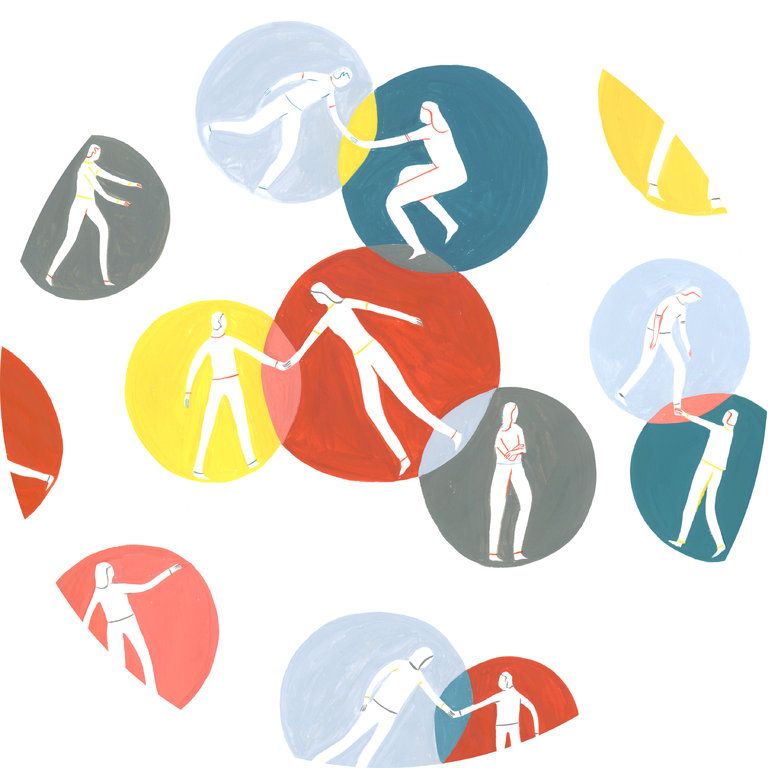THINK of all the people with whom you interact during the course of a day, week, month and year. The many souls with whom you might exchange a greeting or give a warm embrace; engage in chitchat or have a deeper conversation. All those who, by some accident of fate, inhabit your world. And then ask yourself who among them are your friends — your true friends. Recent research indicates that only about half of perceived friendships are mutual. That is, someone you think is your friend might not be so keen on you. Or, vice versa, as when someone you feel you hardly know claims you as a bestie.
It’s a startling finding that has prompted much discussion among psychologists, neuroscientists, organizational behavior experts, sociologists and philosophers. Some blame human beings’ basic optimism, if not egocentrism, for the disconnect between perceived and actual friendships. Others point to a misunderstanding of the very notion of friendship in an age when “friend” is used as a verb, and social inclusion and exclusion are as easy as a swipe or a tap on a smartphone screen. It’s a concern because the authenticity of one’s relationships has an enormous impact on one’s health and well-being.
Source: Do Your Friends Actually Like You? – The New York Times


